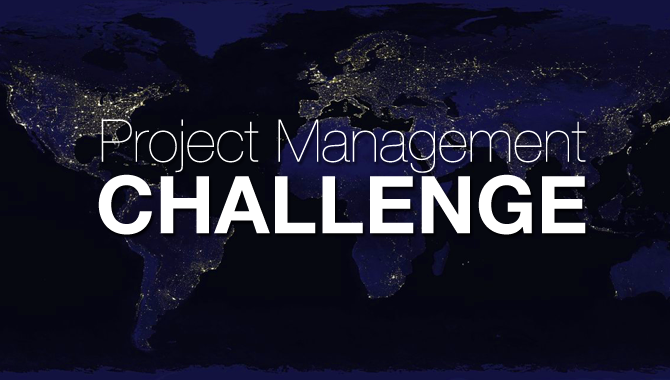February 28, 2011 Vol. 4, Issue 2
Agency and industry leaders offered their perspectives on innovation and mission success in an increasingly complex and constrained context.
Dr. Charles Elachi, Director of the Jet Propulsion Laboratory, kicked off PM Challenge by evoking the challenge and excitement of space exploration. Since Explorer 1 flew in 1958, he noted, NASA has been involved in a host of collaborative projects that have led to humans in continuous orbit for the past 10 years, a presence on Mars for 13 years, and 70 spacecraft throughout the solar system—all in the span of one lifetime. “Just imagine what can be accomplished in the next 50 years,” said Elachi. “I have no doubt that the future is going to be even more exciting.”
This year’s PM Challenge theme of “explore and inspire” is the reason Dr. Wanda Austin, president and CEO of the Aerospace Corporation, got into the business in the first place, she said. “There’s nothing like it. Even if you’re dead, it’ll get your heart going.” Austin challenged participants to think about how to get to the next level and what they would do differently tomorrow. Be real, be thorough, be honest and objective, be vocal, be careful, but be bold, she said. “That’s what you’re supposed to do differently.”
Associate administrator Chris Scolese spoke about the need to maintain a focus on technical excellence in the face of programmatic uncertainty and highly constrained resources. Drawing on historical examples such as the Panama Canal and the Holland Tunnel, he identified four key principles of technical excellence: engineering rigor; open and continuous communications; effective learning through training and development; and clearly documenting policies, standards, processes, and procedures. He emphasized the importance of reflection, and suggested that participants encourage their colleagues to attend events like PM Challenge. “We need to take time to learn,” he said.
In a leadership panel on risk management, Greg Robinson, deputy chief engineer at NASA Headquarters, posed questions to Bryan O’Connor, chief Safety and Mission Assurance officer; Mike Ryschkewitsch, chief engineer at NASA Headquarters; Bill Gerstenmaier, associate administrator for Space Operations; Mike Gazarik, newly appointed deputy chief technologist at NASA Headquarters; and Pete Theisinger, project manager for the Mars Science Laboratory at JPL, that sparked a discussion about risk and failure tolerances.
While no one wants to fail, failure brings to light unseen risk. Ryschkewitsch discussed the importance of designing robustness into systems to better tolerate risk. “Fundamentally [it is] the ability to tolerate off-nominal events,” he said. O’Connor highlighted the importance of defining a risk tolerance before a project gets started. “Redundancy is a way, not the only way to get failure tolerance,” he said. However, Gerstenmaier cautioned, redundancy also brings complexity. “That additional complexity might lower your overall ability to function,” he said.
“Failure could have been tolerated in the sense that it wouldn’t hurt a mission,” said Gazarik about his experiences working on the Inflatable Reentry Vehicle Experiment (IRVE). “The key would be that we would learn something from that experience.” Tolerating failure is difficult with “the searchlight on the mission,” he said. The Mars failures caused the program to restructure itself, but didn’t cause it to collapse, said Theisinger. He noted that Mars Science Laboratory faces similar challenges. “They’ll forgive you for bad karma,” he said, “but they won’t forgive you for being stupid.”
View the presentations from the General Session at PM Challenge.






